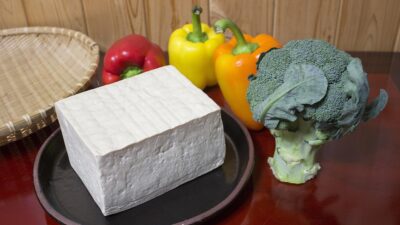Japanese cuisine, celebrated for its meticulous presentation and emphasis on seasonal ingredients, offers a rich tapestry of flavors that engage the senses. While many cuisines revolve around sweetness, acidity, bitterness, and saltiness, Japanese food introduces a fifth powerhouse: umami. This article delves into umami and its harmonious relationship with the other four essential flavors, revealing the depth of Japanese culinary artistry.
Understanding Umami
The term "umami" was coined in the early 20th century by Japanese chemist Kikunae Ikeda, who identified it as a distinct taste associated with the presence of glutamate, an amino acid found in many foods. Translating roughly to "pleasant savory taste," umami is often described as the savory flavor that rounds out and enhances the other tastes. Traditionally, umami-rich foods include soy sauce, miso, seaweed, fish, and aged cheeses, establishing a foundation for the complexities observed in Japanese cuisine.
The Five Essential Flavors
- Sweet (Amai)
Sweetness is a fundamental flavor in Japanese cooking, often achieved through ingredients like sugar, honey, and naturally sweet vegetables such as carrots and sweet potatoes. It is also prominently showcased in desserts like mochi and wagashi (traditional sweets). Sweet flavors play a crucial role in balancing out saltiness and bitterness, which enhances the overall taste profile of dishes.
- Sour (Su)
Sourness in Japanese cuisine often comes from rice vinegar or citrus fruits like yuzu and sudachi. These ingredients are used to create refreshing dressings, pickles (tsukemono), and dipping sauces. Sour notes provide a vital contrast that invigorates the palate, cutting through the richness of certain dishes while providing brightness and depth.
- Bitter (Nigai)
Bitterness is integral in moderating the overall flavor spectrum. In Japanese cuisine, bitterness is typically derived from vegetables like bitter melon (goya) or certain leafy greens and herbs. It’s an acquired taste but contributes complexity, offering a counterbalance to sweetness and umami. Often, preparations involve blanching or sautéing to mitigate extreme bitterness while still appreciating its presence.
- Salty (Shio)
Saltiness is perhaps one of the most prominent flavors in Japanese cooking. Essential ingredients such as soy sauce, miso, and salted fish contribute to this flavor. Salt not only enhances other tastes but also preserves food, a traditional practice combined with the art of fermentation seen in products like tsukemono and miso. Salty flavors are crucial in dishes like ramen or grilled fish, enhancing their savory attributes.
- Umami (Umami)
Umami stands apart as the depth of flavor, often providing richness without the need for additional fats. In Japanese cuisine, umami is achieved through the use of dried fish, seaweed, mushrooms, and fermented condiments. The interplay of these ingredients creates layered flavors that linger on the palate, making each bite satisfying and memorable.
The Harmony of Flavors
The beauty of Japanese cuisine lies in its ability to balance these five flavors seamlessly. For instance, in the celebrated dish dashi, a fundamental stock used in numerous Japanese recipes, umami from kombu (seaweed) and bonito flakes (dried fish) merges with saltiness from soy sauce, sweetness from mirin, and a touch of acidity from various ingredients. The result is a complex foundation that elevates soups, sauces, and stews, showcasing the quintessence of Japanese flavor balancing.
Conclusion
Exploring the five essential flavors of Japanese cuisine leads to a deeper understanding of its culinary philosophy. Each flavor contributes uniquely yet forms a cohesive and harmonious whole that delights the senses. As umami continues to gain recognition globally, Japanese cuisine stands as a testament to the art of flavor, demonstrating that true mastery lies not just in individual ingredients but in how they interact to create an unforgettable dining experience. Whether you’re enjoying a humble bowl of miso soup or a meticulously crafted sushi piece, remember that the beauty of Japanese cuisine is rooted in its delicate balance of sweetness, sourness, bitterness, saltiness, and umami.



